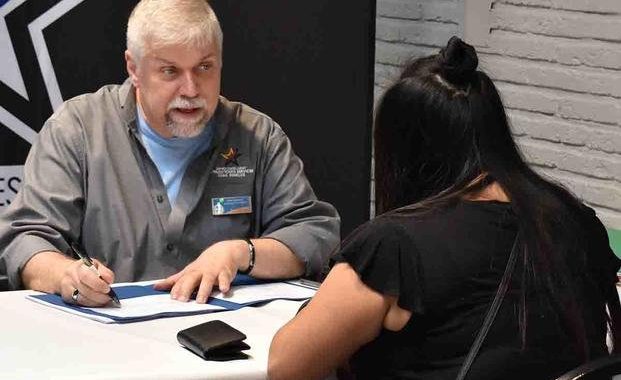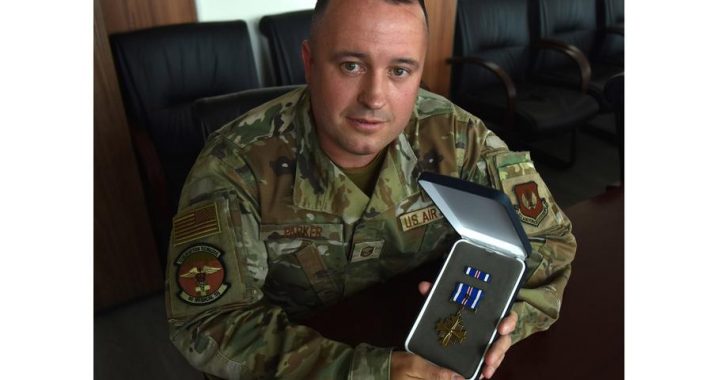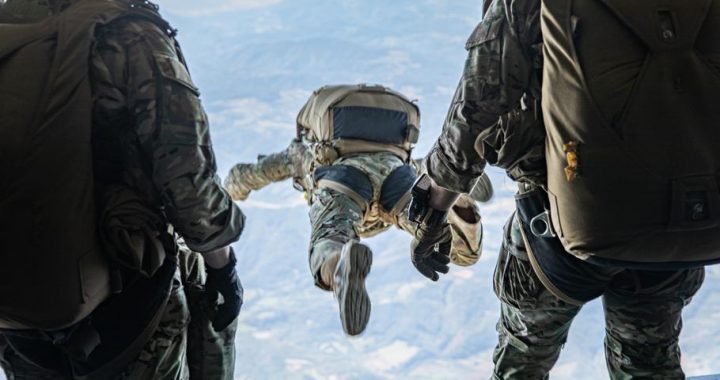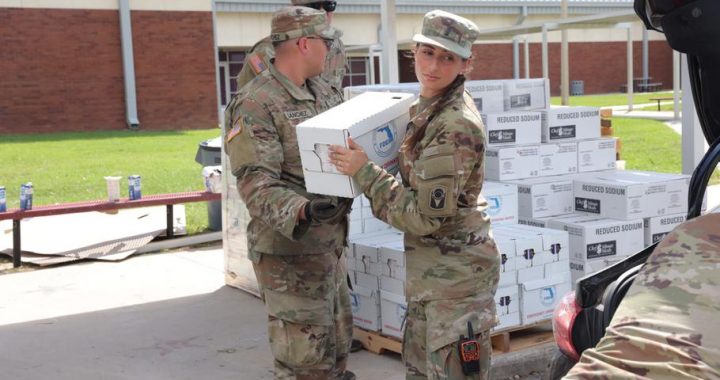ESG 3 Hosts Controllable Pitch Propeller Training
2 min read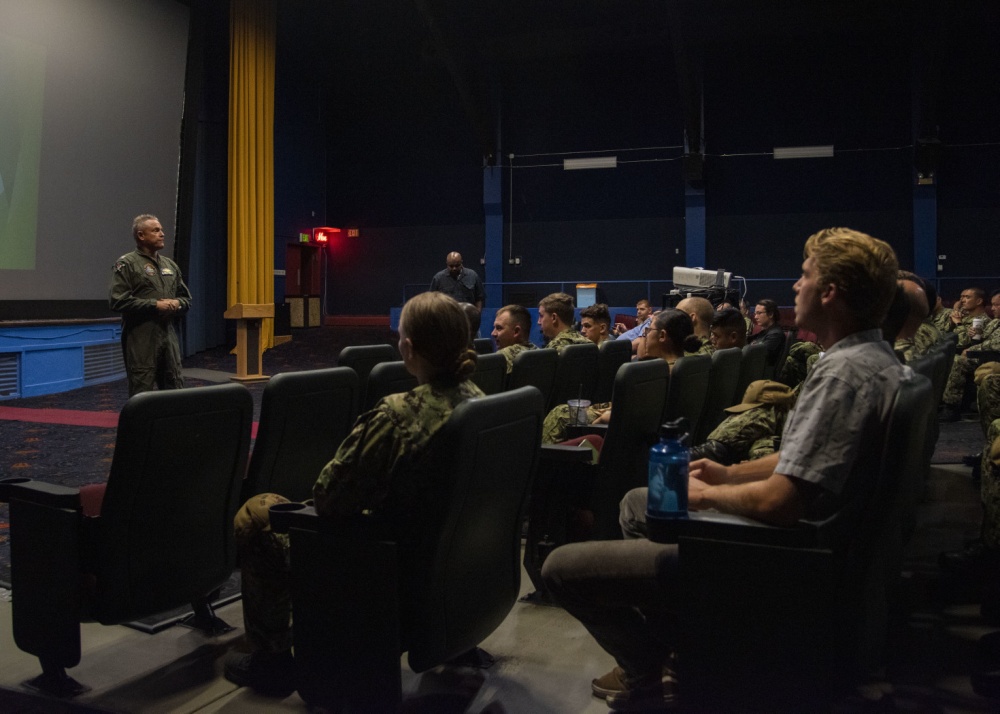
SAN DIEGO, CA, UNITED STATES
Story by Petty Officer 2nd Class Michael Lee
Expeditionary Strike Group Three
SAN DIEGO – Expeditionary Strike Group 3 (ESG 3) and Southwest Regional Maintenance Center (SWRMC) hosted Controllable Pitch Propeller (CPP) training at the Naval Base San Diego theater, Sept. 12.
System experts focused the training to shipboard engineering leadership and core system reviews to raise Sailors’ levels of awareness about these ship systems.
CPP changes the directional rotation of the engine rather than moving the shaft and is a vital system for ships to move ahead and astern. This system works by adjusting the pitch of the blades using highly pressurized hydraulic oil. The highly pressurized system requires a high level of knowledge for proper operation, maintenance and repairs.
“Without CPP, the ship is dead in the water,” said Capt. Robert Bailey, assistant chief of staff for logistics and readiness for ESG 3. “If a ship does not have operational propellers, it cannot position itself to conduct required warfighting tasking. Proper knowledge of this system is crucial to any effective engineering department to operate.”
The training focused on components of the CPP system, common issues with the system and system checks. Additionally, a question and answer session between shipboard engineers and system experts served as a networking opportunity to get vital points of contact for engineers and personnel from different ships.
“We have found that going down to the ship and actually walking through the systems with Sailors is very beneficial, but obviously we can’t do that on a wide level because we can’t be on every ship with every Sailor.” said Krystal Lubic, SWRMC mechanical engineering technician. “We want to give everyone a better understanding of how CPP works…but also, we want to hear what their questions are and we want to know what they don’t know.”
ESG 3 hosts waterfront training covering an array of engineering topics. These training sessions have included diesel main propulsion engines and generators, shore power systems, main reduction gears, and lube oil systems. Future training sessions are planned to continue to drive the importance of procedural compliance, increase levels of knowledge, and teach troubleshooting techniques.
“By continuing to train, we raise the level of knowledge across the Fleet,” said Bailey. “Continuous training is crucial from the most junior engineer to the most senior in the Fleet. There can never be too many opportunities to learn and refine all of our knowledge of shipboard engineering components and systems, especially from our waterfront experts.”
ESG 3 comprises three amphibious squadrons, eight naval support elements and 15 amphibious warships comprised of more than 15,000 active-duty and reserve Sailors and Marines. The mission of ESG 3 is to serve as the command element for Marine expeditionary brigade-level expeditionary operations as commander of an amphibious task force.
For more news from Expeditionary Strike Group 3, visit http://www.navy.mil/local/esg3/.


